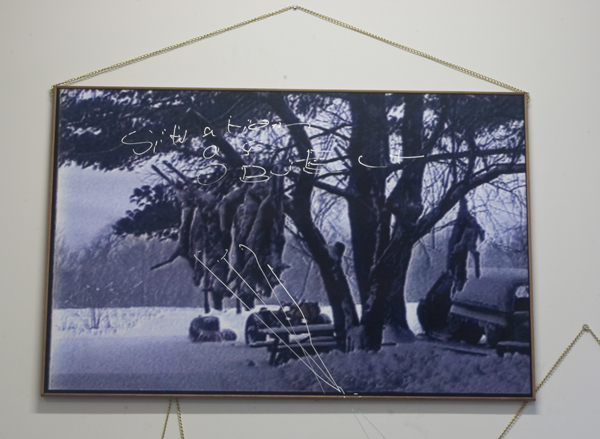GIVE IT ALL UP AGAIN
INSTITUTT FOR DEGENERERT KUNST
19/3 2011 – 2/4/2011
―O men of art, men of letters! Let us take up the challenge together! We stand absolutely as one with this degenerate art. In it resides all the hopes of the future. Let us work for its victory over the new Middle Ages that are rising in the heart of Europe‖. (1)
GIVE IT ALL UP AGAIN
first infrarealist manifesto
―It’s four light hours to the confines of the solar system; to the closest star, four light years. A disproportionate ocean of emptiness. But are we really sure there is only a void? We only know that there are no stars shining in that space. If they existed, would they be visible? And if there existed bodies that are neither luminous nor dark? Could it not be that on the celestial maps, the same as on those of Earth, the star-cities are indicated and the star-villages are omitted?‖
— Soviet science fiction writers scratching their faces at midnight.
— The infrasuns (Drummond would say the happy proletarian fellows).
— Peguero and Boris alone in a lumpen room having premonitions of the wonder behind the door.
— Free money.
*
Who has crossed the city and had, as the only music, the whistles of his fellow man, his own words of wonder and rage?
The handsome guy who didn’t know
that chicks’ orgasms are clitoral
(Look around, shit isn’t just in museums.) (A process of individual museumification.) (Certainty that everything is named, revealed.) (Fear of discovering.) (Fear of unforeseen imbalances.)
*
Our closest relatives:
snipers, country boys who smash up cheap cafés in Latin America, people who fall apart in supermarkets in their tremendous individuo-collective dilemmas; the impotence of action and the search (on individual levels or good and muddy with aesthetic contradictions) for poetic action.
*
Little bright stars eternally winking an eye at us from a place in the universe called Labyrinths.
— Nightclub of misery.
— Pepito Tequila sobbing his love for Lisa Underground.
— I suck it, you suck it, we suck it.
— And the Horror.
*
Curtains of water, cement or tin separate a cultural machinery that serves as the conscience or the ass of the dominant class from a living, annoying cultural happening, in constant death and birth, ignorant of the greater part of history and the fine arts (everyday creator of its insane history and its hallucinatory fine artz), body that suddenly feels new sensations in itself, product of an epoch in which we approach the shithouse or the revolution at 200 kph.
―New forms, strange forms,‖ as old Bertolt said, half curious, half cheerful.
*
Sensations don’t arise from nothingness (the obvious of obviousnesses) but from conditioned reality, in a thousand ways, as a constant flow.
— Multiple reality, you make us sick!
So it is possible that on the one hand one is born and on the other hand we’re in the front row for the death throes. Forms of life and forms of death pass daily through the retina. The constant crash gives life to infrarealist forms: THE EYE OF TRANSITION
*
They put the whole city in the nuthouse. Sweet sister, tank howls, hermaphrodite songs, diamond deserts, we’ll live only once and the visions, more complicated and slippery every day. Sweet sister, hitchhiking to Monte Albán[i]. Unbuckling their belts to water the corpses. It’s something at least.
*
And the good bourgeois culture? And academia and the arsonists? And the vanguard and its rearguard? And certain conceptions of love, nice scenery, the precise multinational Colt sidearm?
Like Saint-Just[ii] said to me in a dream I had a while ago: Even the heads of aristocrats can be our weapons.
*
— A good part of the world is being born and the other part is dying and we all know that we all have to live and we all die: in this there is no middle road.
Chirico[iii] says: thought needs to move away from everything called logic and common sense, to move away from all human obstacles in such a way that things take on a new look, as though illuminated by a constellation appearing for the first time. The infrarealists say: We’re going to stick our noses into all human obstacles, in such a way that things begin to move inside of us, a hallucinatory vision of mankind.
— The Constellation of the Beautiful Bird.
— The infrarealists propose Indianism to the world: a crazy, timid Indian.
— A new lyricism that’s beginning to grow in Latin America sustains itself in ways that never cease to amaze us. The entrance to the work is the entrance to adventure: the poem as a journey and the poet as a hero who reveals heroes. Tenderness as an exercise in speed. Respiration and heat. Experience shot, structures that devour themselves, insane contradictions.
The poet is interfering, the reader will have to interfere for himself.
“erotic books full of misspellings”
*
The THOUSAND DRAWN-AND-QUARTERED VANGUARDS OF THE SEVENTIES are our ancestors
99 flowers open like an open head
Slaughters, new concentration camps
White subterranean rivers, violet winds
These are hard times for poetry, some say, sipping tea, listening to music in their apartments, talking (listening) to the old masters. These are hard times for mankind, we say, coming back to the barricades after a workday full of shit and tear gas, discovering/creating music even in apartments, spending all day watching the cemeteries-that-expand, where they hopelessly drink a cup of tea or get drunk on pure rage or the inertia of the old masters.
HORA ZERO[iv] are our ancestors
((Raise arsonist kids, get burned))
We’re still in the Quaternary Period. We’re still in the Quaternary Period?
Pepito Tequila kisses the phosphorescent nipples of Lisa Underground and heads off for a beach where black pyramids sprout up.
*
I repeat:
The poet as a hero who reveals heroes, like the fallen red tree that announces the start of a forest.
— Attempts at an ethic-aesthetic are paved with betrayals or pathetic survivals.
— And it is the individual who could walk a thousand kilometers but inevitably the road will eat him.
— Our ethic is the Revolution, our aesthetic is Life: one-and-the-same.
*
For the bourgeoisie and the petite-bourgeoisie, life is a party. They have one every weekend. The proletariat doesn’t have parties. Just funerals with rhythm. That’s going to change. The exploited are going to throw a big party. Memory and guillotines. Sensing it, acting it out on
certain nights, inventing edges and humid corners for it, like caressing the acid eyes of the new spirit.
*
Movement of the poem through the seasons of rebellion: poetry producing poets producing poems producing poetry. No electric alley/the poet with his arms separated from his body/the poem moving slowly from his Vision to his Revolution. The alley is a complex point. “We’re going to invent it so as to discover its contradiction, its invisible forms of negation, even to clarify it.” A journey of the act of writing through zones not at all favorable to the act of writing.
Rimbaud, come home!
Subvert the everyday reality of modern poetry. The chains that lead to the poem’s circular reality. A good reference: Kurt Schwitters. Lanke trr gll, or, upa kupa arggg, happens in the official line, phonetic investigators encoding the howl. The bridges of Nova Express are anti-codifying: let him scream, let him scream (please don’t go pulling out pencils or little notebooks, don’t record it, if you want to participate scream along), so let him scream, to see the look on his face when it’s over, what incredible thing happen to us.
Our bridges to unknown seasons. The poem interrelating reality and unreality.
*
Convulsively.
*
|
|
What can I ask of present-day Latin American painting? What can I ask of the theater?
It is more revealing and more evocative to stand in a park devastated by smog and watch people cross the avenues in groups (that contract and expand), the avenues, where drivers as much as pedestrians feel the urge to return to their hovels, when the murderers come out and the victims stalk them.
What stories are painters really telling me?
The interesting void, fixed form and color, at best a parody of movement. Canvases that will serve only as bright advertisements in the rooms of engineers and doctors who collect them.
The painter adapts to a society that is every day more of a ―painter‖ than he is, and there he finds himself disarmed and registers as a clown.
If painting X is found in some street by Mara, that painting acquires the status of an amusing, communicative thing; in a salon it’s as decorative as bourgeois wrought iron garden chairs/a question of the retina?/yes and no/but it’d be better to find (and systematize according to chance for awhile) the unleashing factor, class-conscious, a one hundred percent deliberate deed, in juxtaposition to the values of ―work‖ which both precede and condition it.
The painter gives up his studio and ANY status quo and fills his head with wonder/or takes up chess like Duchamp/a self-taught painting/And a painting of poverty, free or rather cheap, unfinished, collaborative, of questioning participation, physically extended and spiritually unlimited.
The best Latin American painting is that which is still being made at unconscious levels, the game, the party, the experiment that gives us a real vision of what we are and opens us to what we can be; the best Latin American painting is what we paint in the greens, reds, and blues on our faces, to recognize ourselves in the incessant creation of the group.
*
Try daily to leave everything behind.
May architects give up the building of inward-looking scenes and open their hands (or make fists, depending on the place) toward that outer space. A wall and a roof acquire utility not when they’re used just for sleeping or avoiding rain, but rather when they establish, for example, from the everyday act of dreaming, conscious bridges between man and his creations or the momentary impossibility of these.
In architecture and sculpture the infrarealists start from two points: the barricade and the bed.
*
The true imagination is that which destroys, elucidates, injects emerald microbes into other imaginations. In poetry and in whatever else, the entrance into the work has to already be the way into adventure. Create the tools for everyday subversion. The human being’s subjective seasons, with their gigantic, beautiful, obscene trees like experimental laboratories. Watch, glimpse parallel and heart-rending situations as a giant scratch on your chest, on your face. Endless analogy of gestures. There are so many that when new ones appear we don’t even notice, even though we’re making/watching them in front of a mirror. Stormy nights. Perception opens by means of an ethic-aesthetic carried to the limit.
*
— Galaxies of love are appearing in the palms of our hands.
— Poets, let down your hair (if you have any)
— Burn your nonsense and start loving until you come up with priceless poems
— We don’t want kinetic paintings but enormous kinetic sunsets
— Horses running 500 kilometers an hour
— Squirrels of fire hopping through trees of fire
— A bet to see who blinks first, between the nerve and the sleeping pill.
*
Risk is always somewhere else. The true poet is the one who’s always letting go of himself. Never too much time in the same place, like guerrillas, like UFOs, like the white eyes of prisoners serving life sentences.
*
Fusion and explosion from two shores: creation like a decisive and open graffiti by a crazy kid.
Not at all mechanical. Scales of amazement. Somebody, maybe Bosch, smashes the aquarium of love. Free money. Sweet sister. Visions frivolous like corpses. Little boys jerking off from kisses until December.
*
At two in the morning, after having been at Mara’s house, we (Mario Santiago and some of us) heard laughter coming from the penthouse of a 9 story building. They didn’t stop, they kept laughing and laughing while below we slept propped up in various phone booths. There came a moment when only Mario was still paying attention to the laughter (the penthouse is a gay bar or something and Darío Galicia had told us that it’s always watched by the cops). We made phone calls but our coins turned into water. The laughter continued. After we left that neighborhood Mario told me that actually no one had been laughing, that it was recorded laughter, and up there in that penthouse, some stragglers or maybe a single homosexual had silently listened to that record and made us listen to it.
— The death of the swan, the swan song, the last song of the black swan, IS NOT in the Bolshoi but in the intolerable pain and beauty of the streets.
— A rainbow that starts in a grindhouse theater and ends in a factory on strike.
— May amnesia never kiss us on the mouth. May it never kiss us.
— We dreamed of utopia and woke up screaming.
— A poor lonely cowboy that comes back home, what a wonder.
*
Make new sensations appear—Subvert daily life.
O.K.
GIVE IT ALL UP AGAIN
HIT THE ROAD
-------------------------------------------------------------------------------
—Roberto Bolaño, Mexico, 1976
(translation by Tim Pilcher – timothypilcher@gmail.com)
(1)Art and Liberty Group, Long Live Degenerate Art, Cairo, 1938
[i] A large pre-Columbian archaeological site in the southern Mexican state of Oaxaca.
[ii] A French revolutionary and close friend of Robespierre who was heavily involved in the Reign of Terror. Immediately following the Terror he was sentenced to death by guillotine at the hands of the National Convention who feared his fiery rhetoric that led to so much bloodshed.
[iii] Giorgio de Chirico. An Italian painter best known for his early surrealist paintings.
[iv] Hora Zero: An avant-garde poetry movement founded in Peru in the 1970’s.
åsted/døde sommerfugler @ Supper Room, Saint Gilles Bruxelles 2011

Performance by Gallery D.O.R. and Institutt for degenerert kunst
at the Vernissage 18/3 2011
http://instituttfordegenerertkunst.blogspot.com/
http://www.youtube.com/user/instituttfordegenere |
|
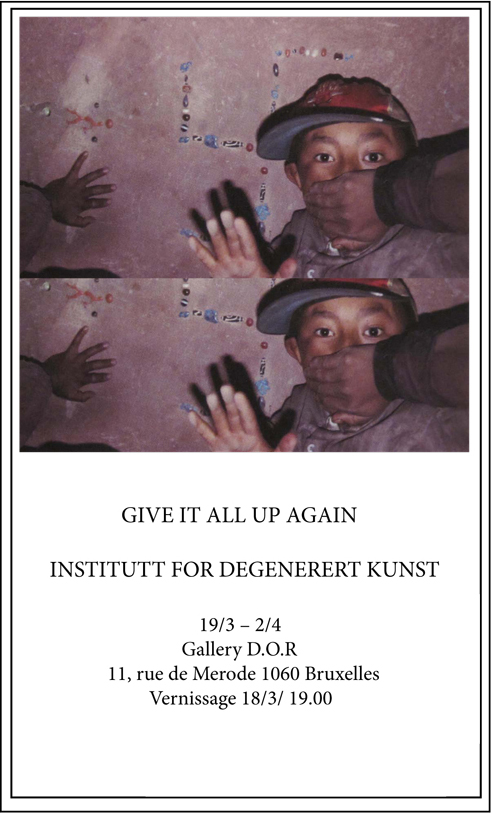 . . 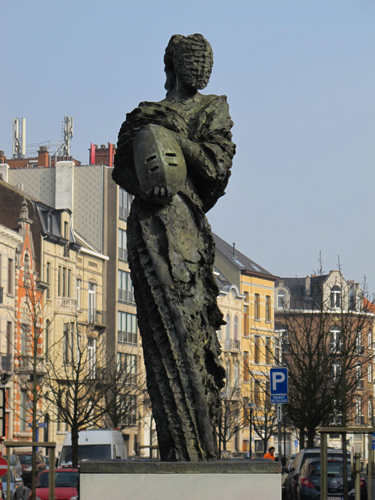
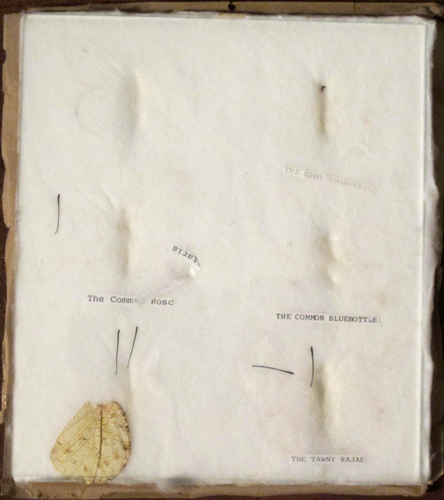 . . 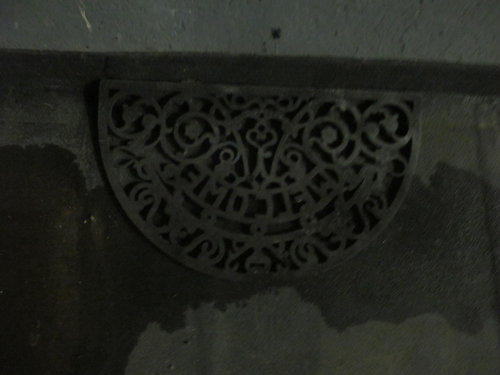
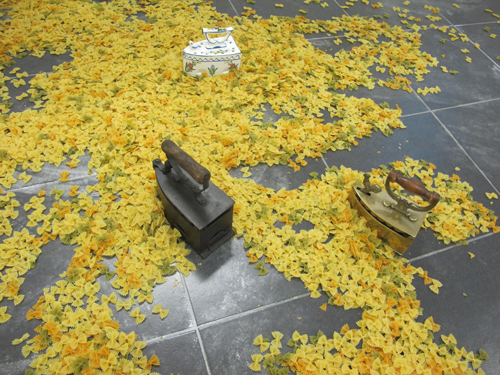 . . 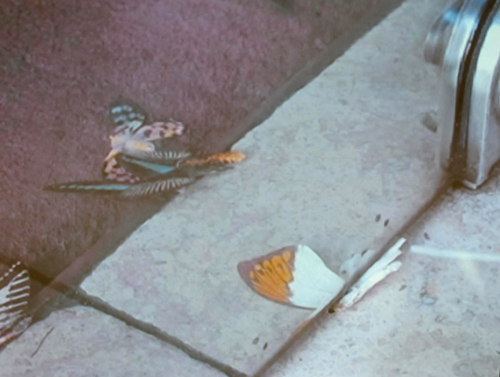
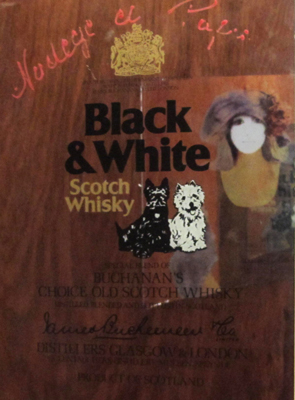 . . 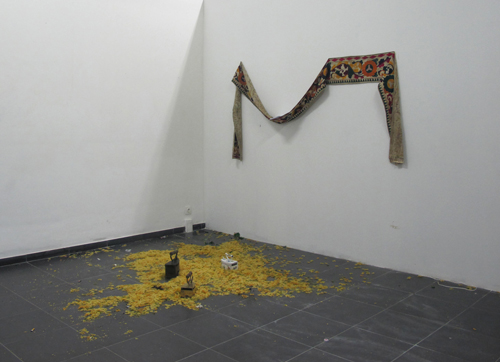
|
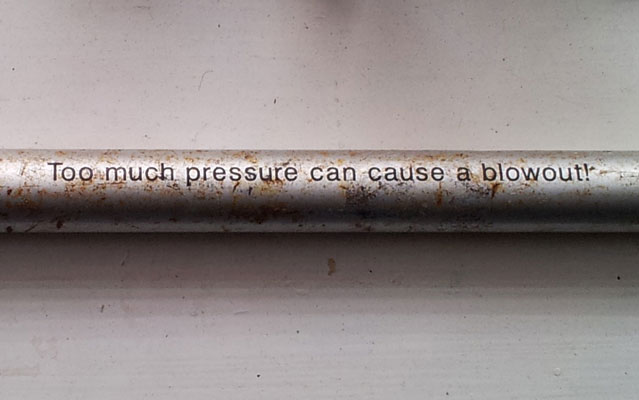

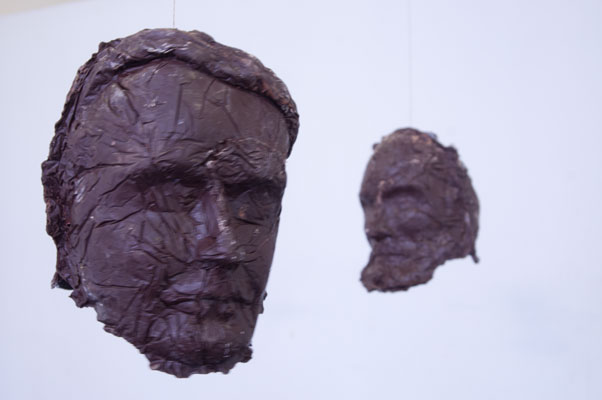 .
. 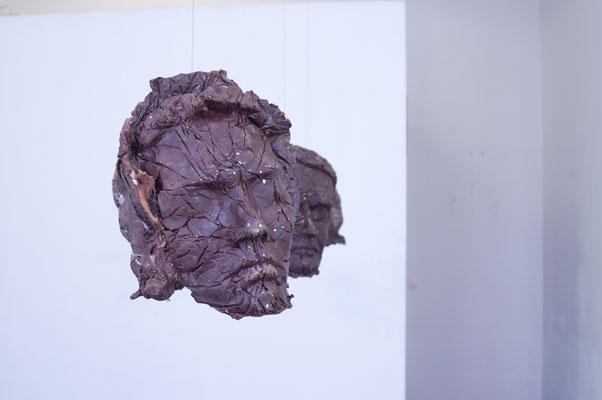 .
. 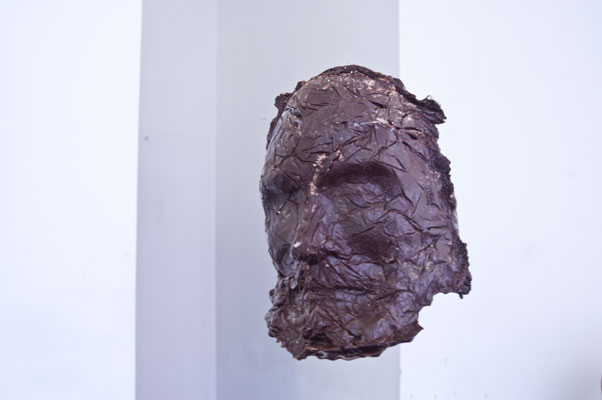 .
. 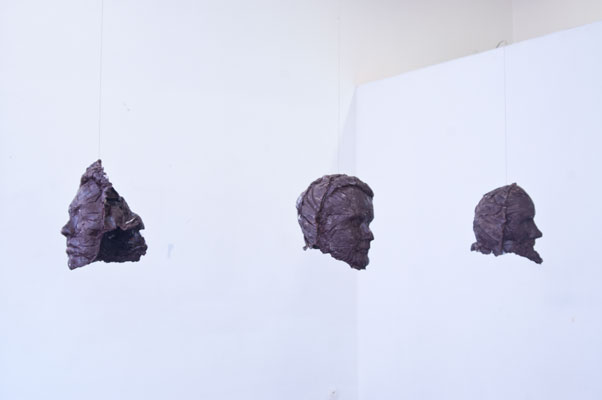 Piñata performance --->>
Piñata performance --->> 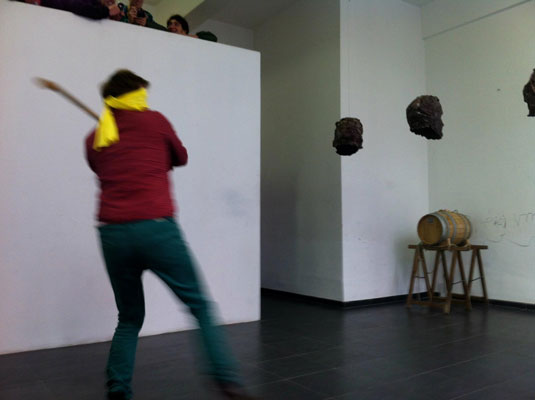 .
. 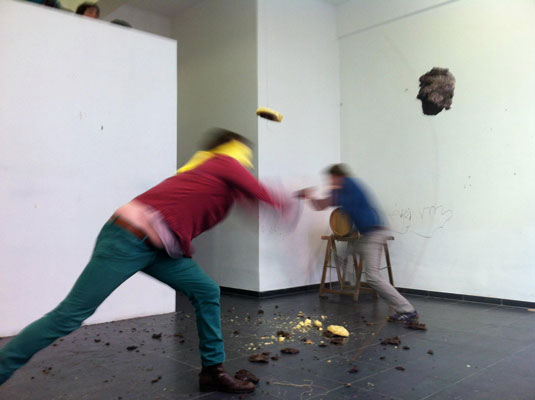 .
. 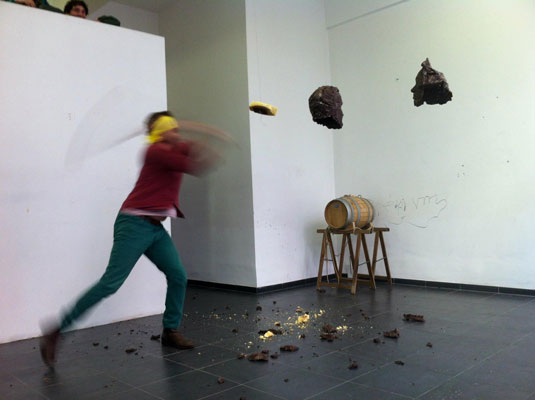 .
. 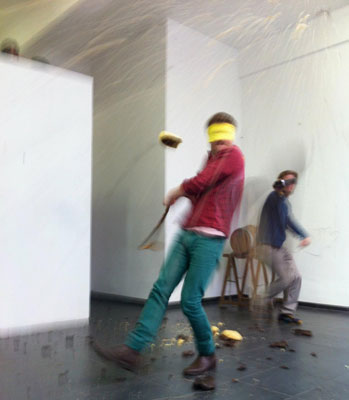
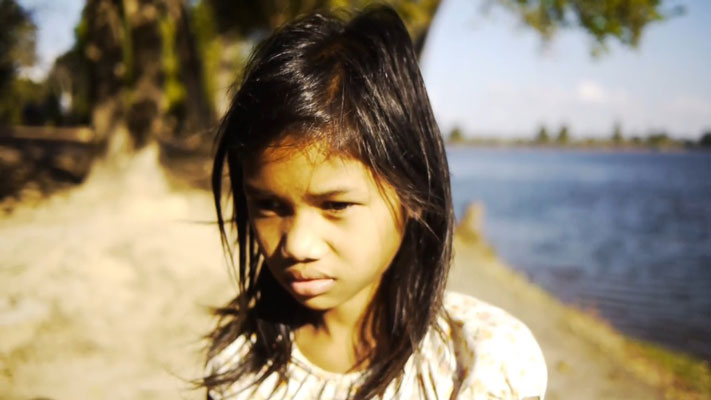 .
. 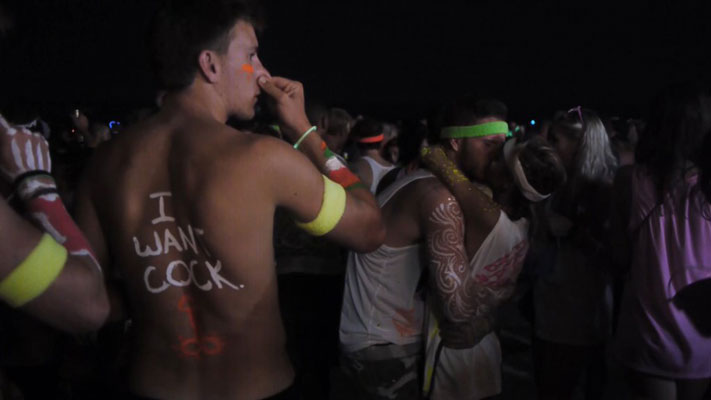 .
. 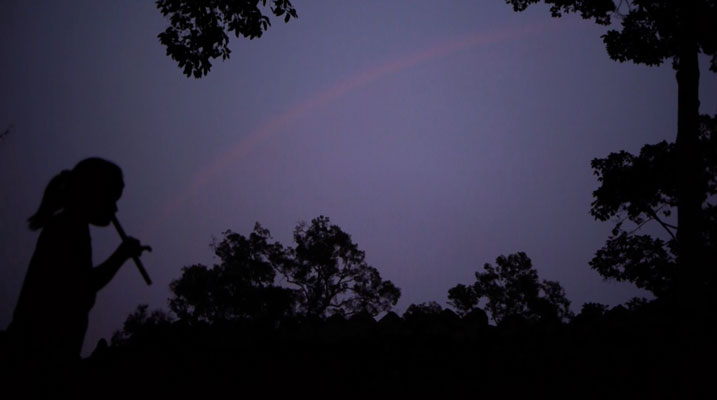 .
. 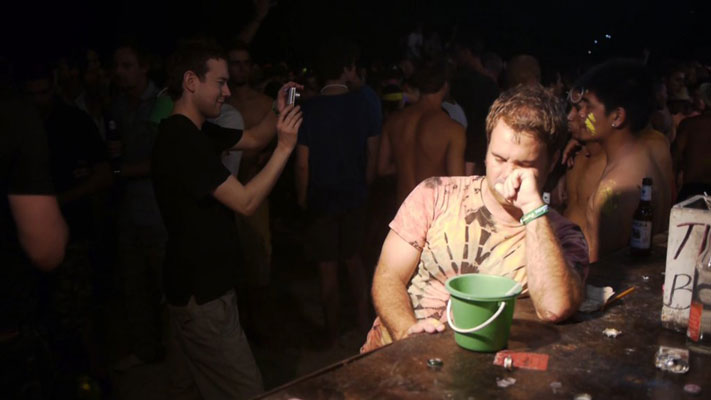 .
. 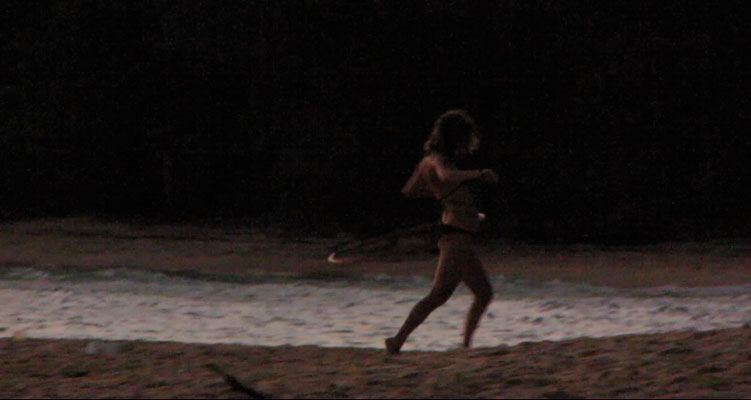 .
. 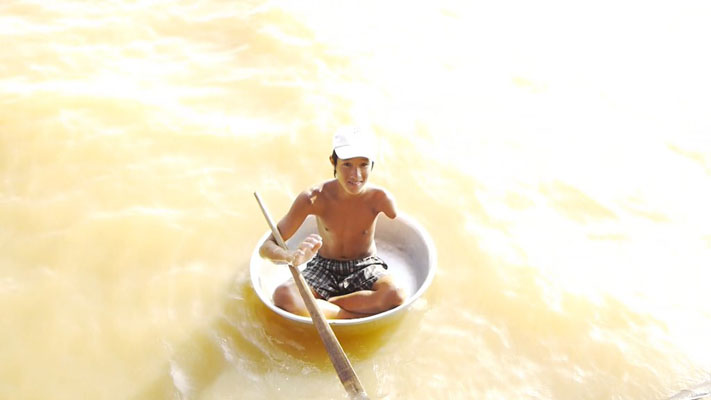

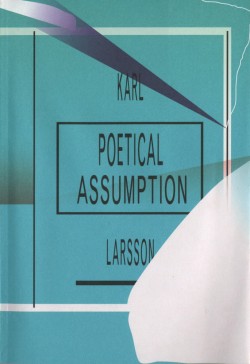 .
. 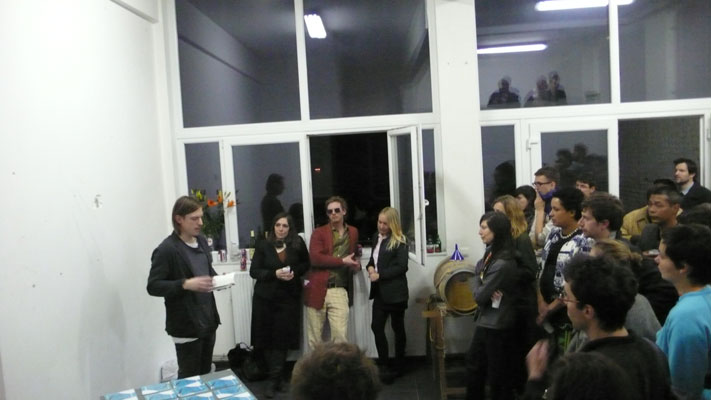 .
. 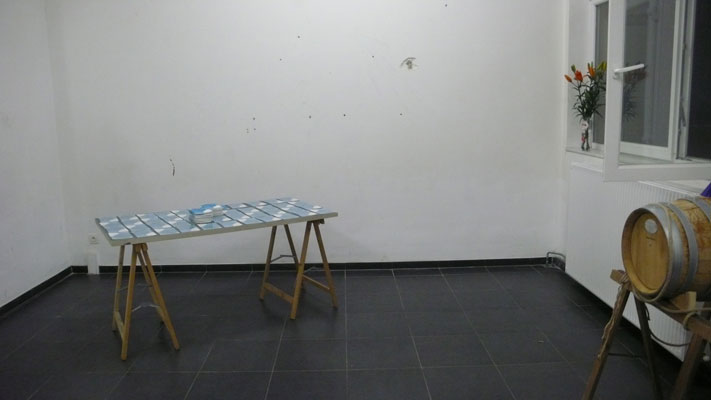
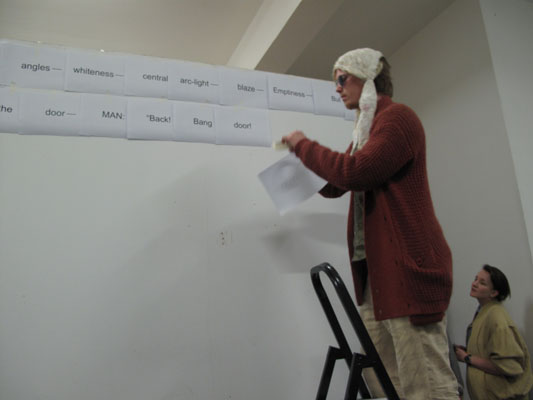 .
. 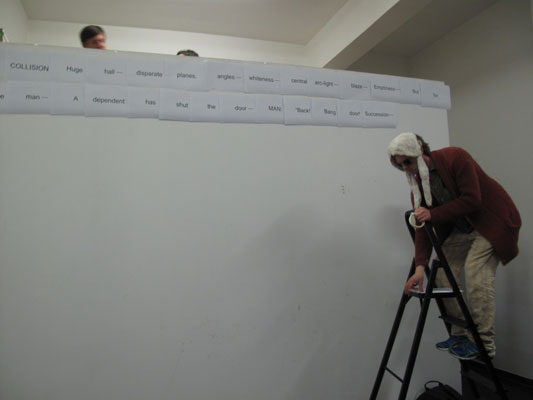
 .
.  .
.  .
. 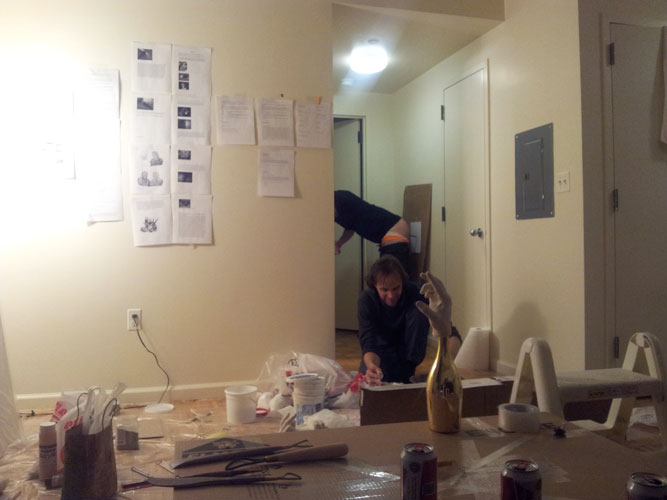 .
. 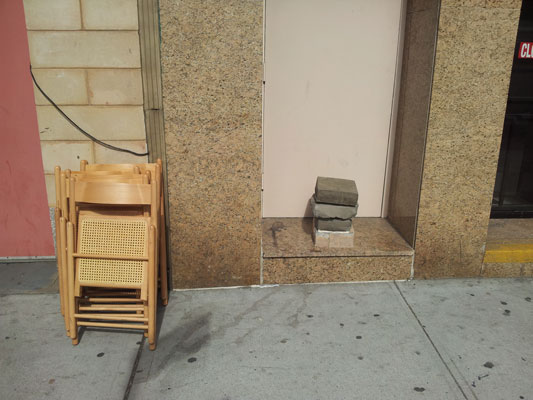 .
. 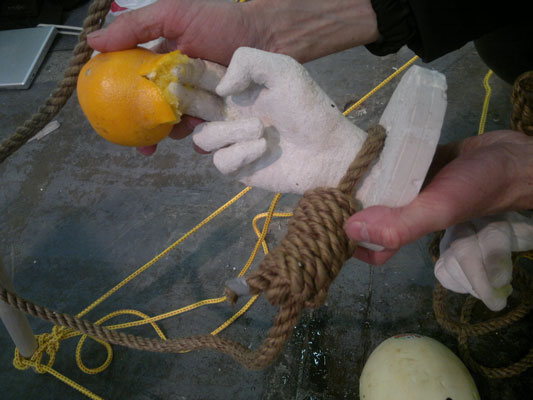
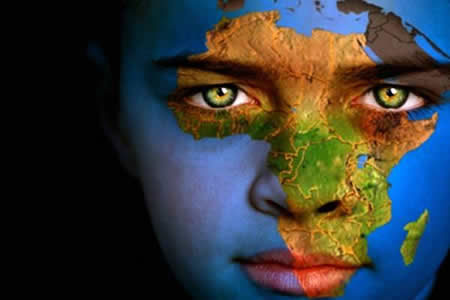
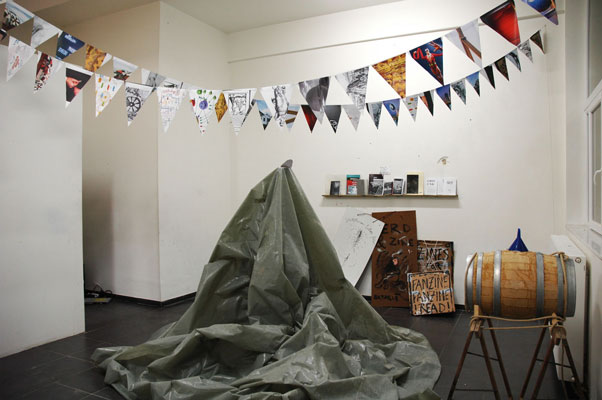 .
. 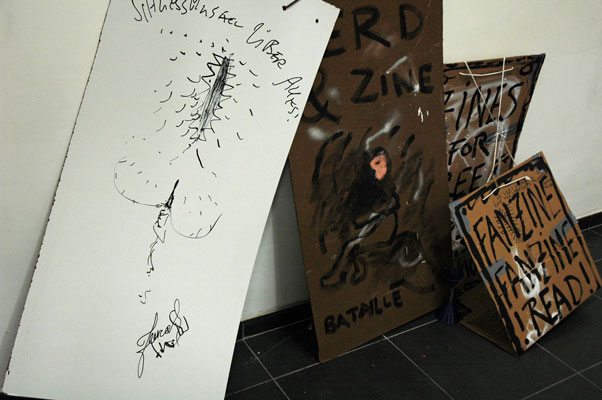 .
. 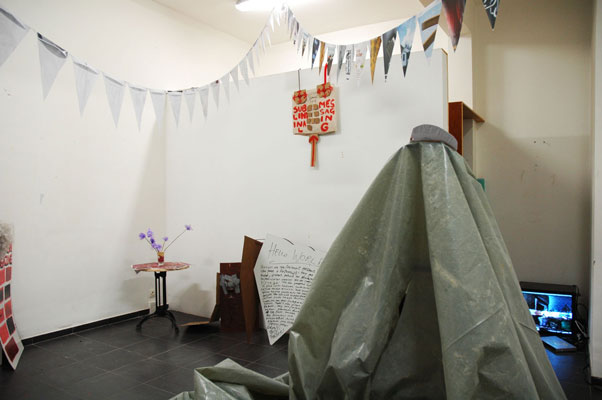 .
. 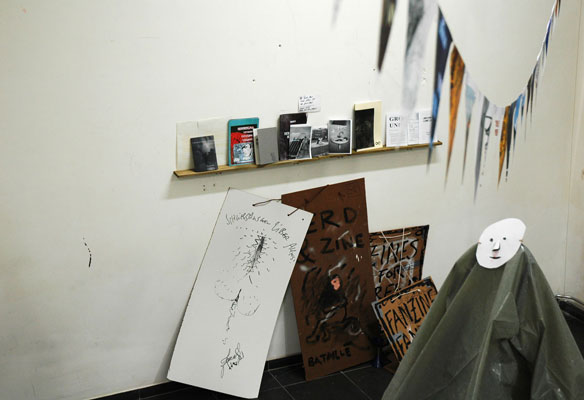 .
. 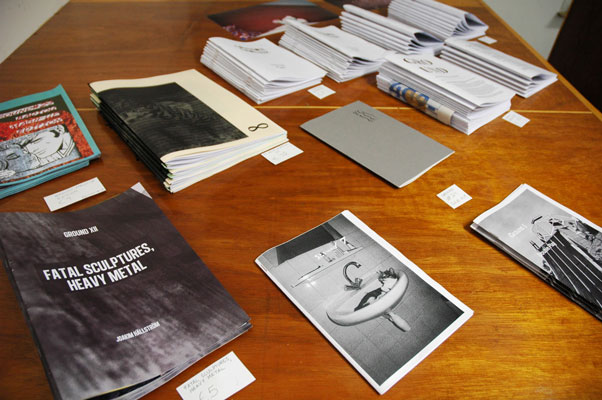
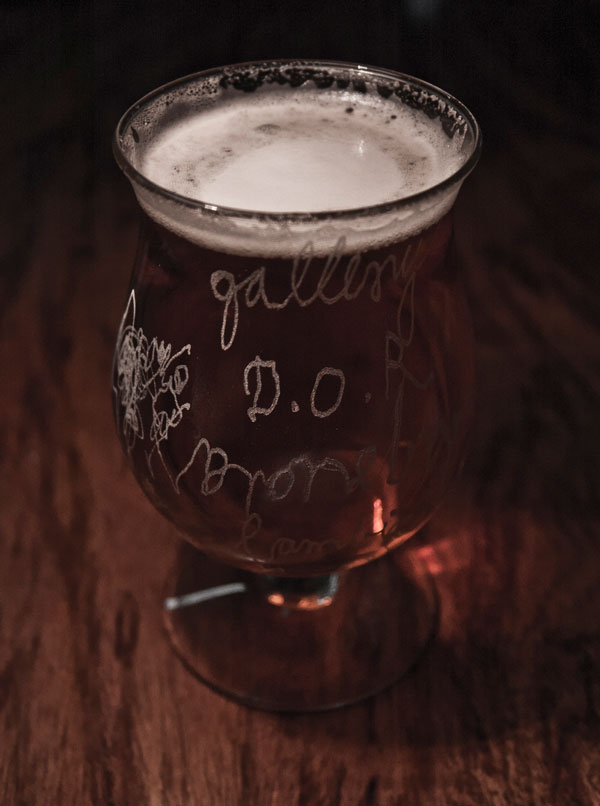 .
. 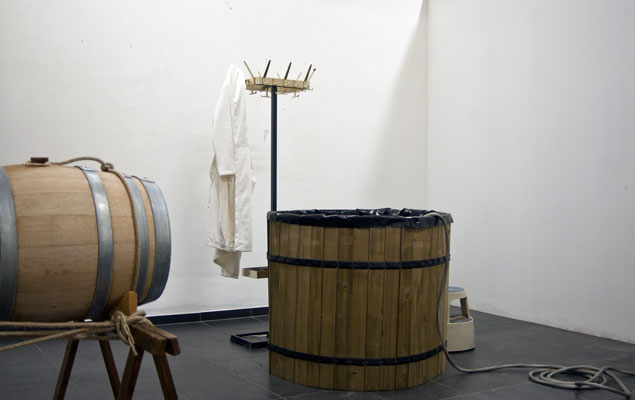 .
. 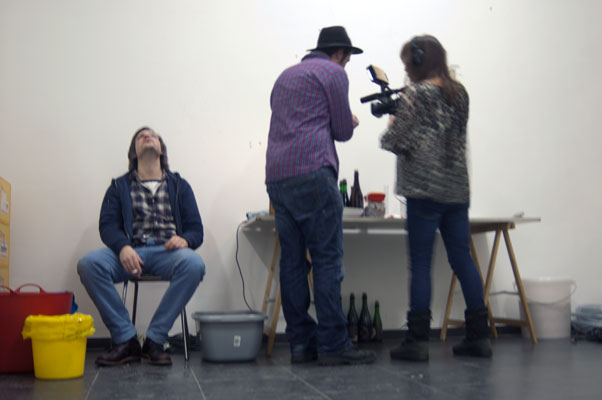 .
. 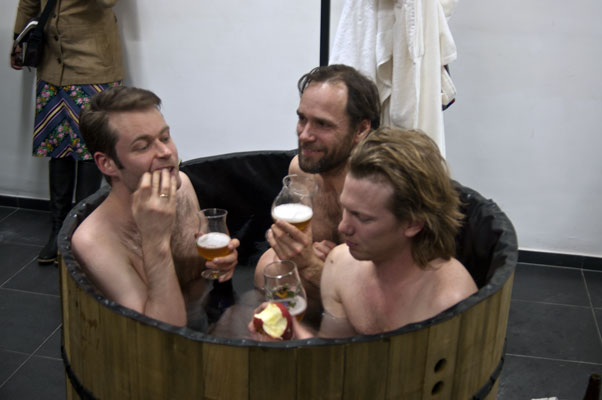 .
. 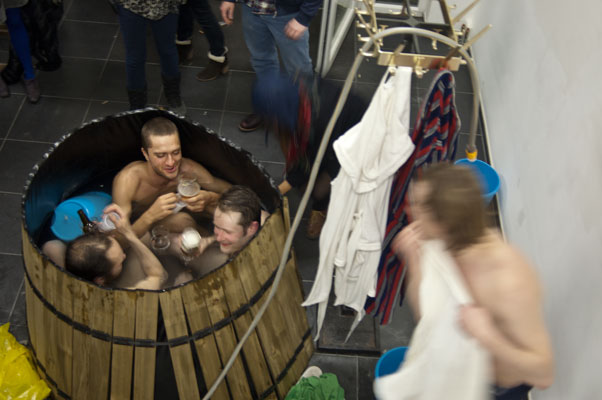
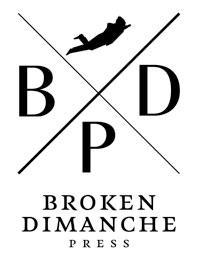

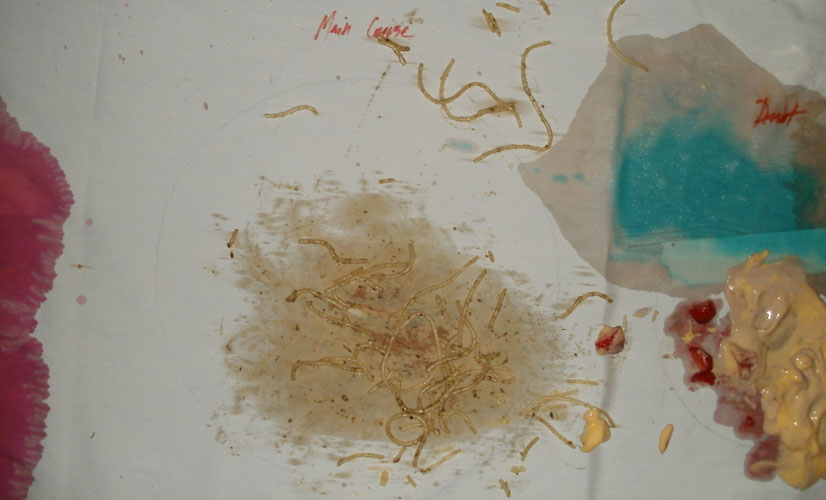
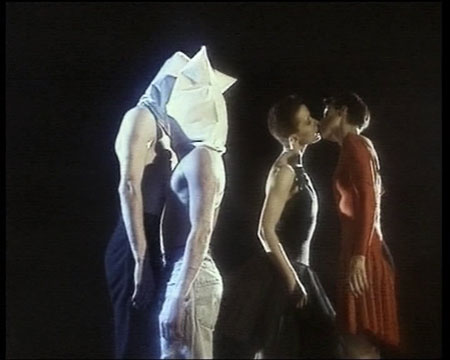

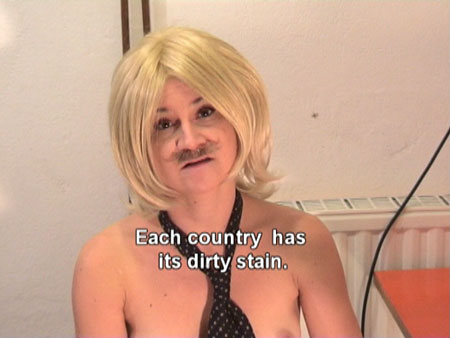
 .
. 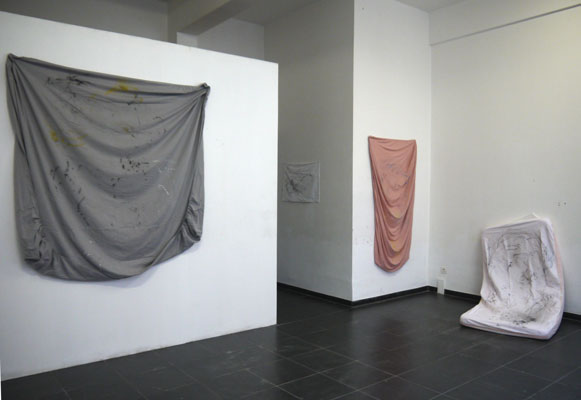 .
.  .
. 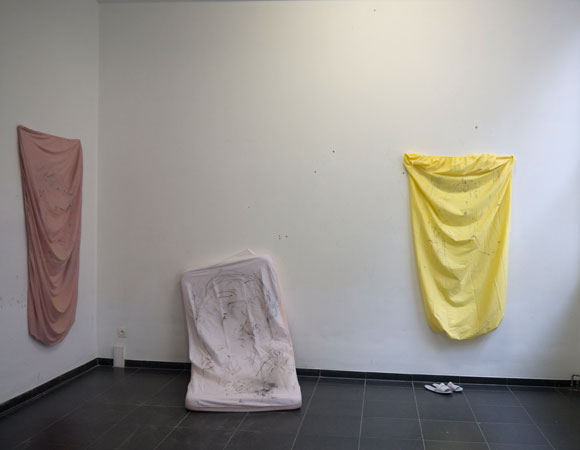 .
.  .
. 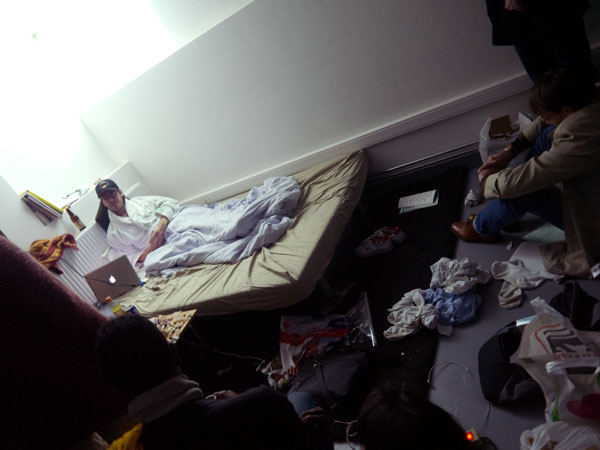 artist talk
artist talk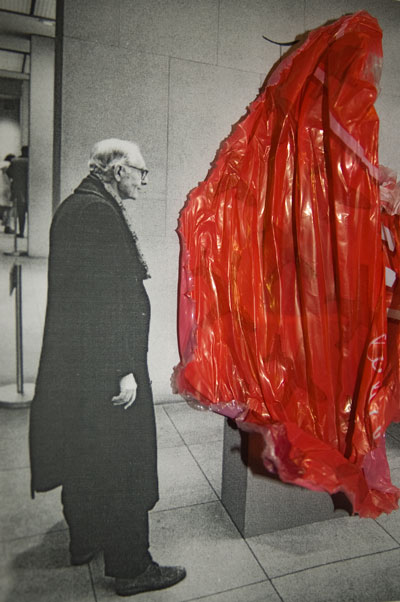
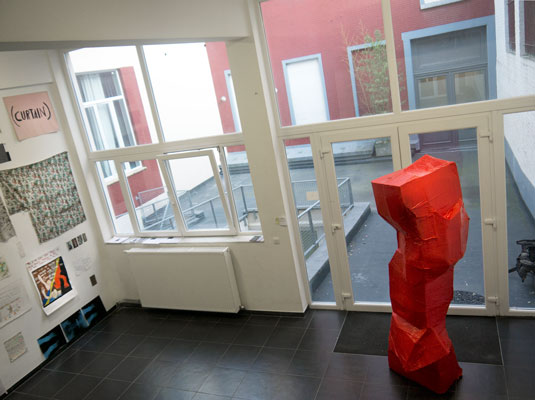 .
.  .
. 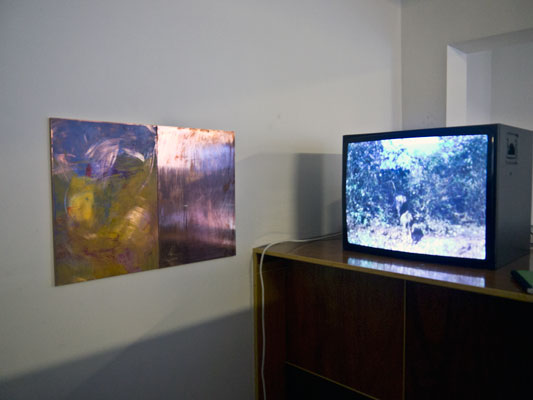 .
. 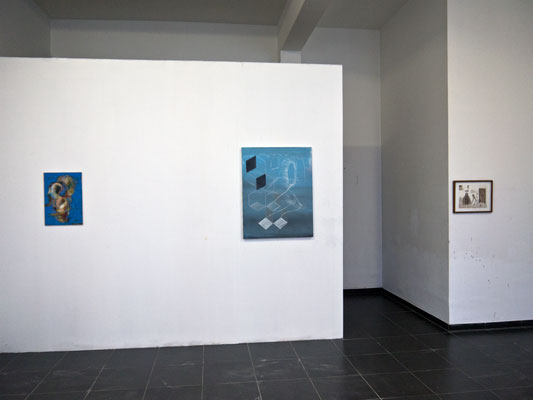
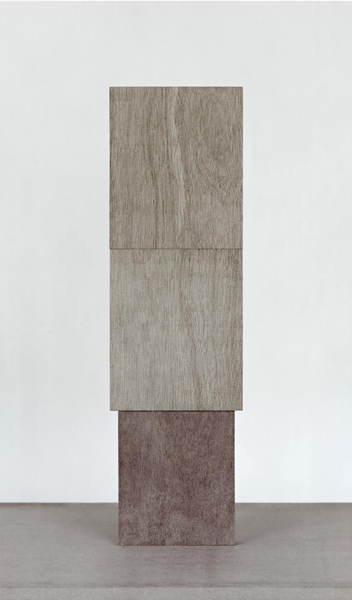 .
.  .
. 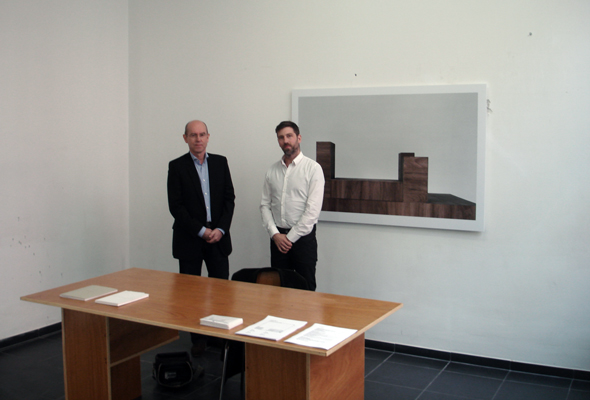
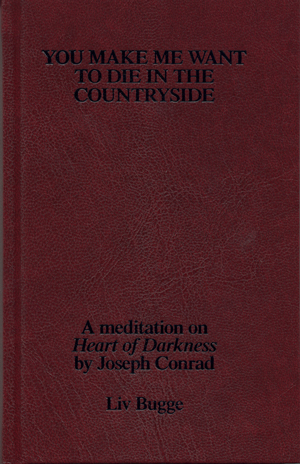
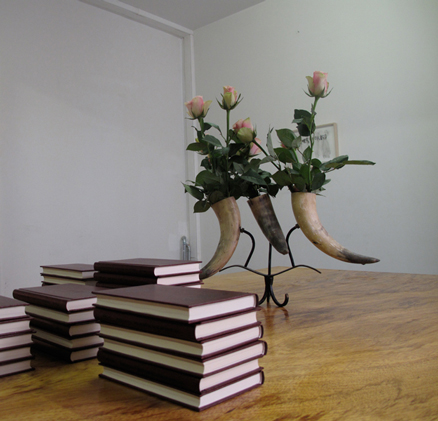 .
. 

 .
. 
 .
. 
 .
. 
 .
. 
